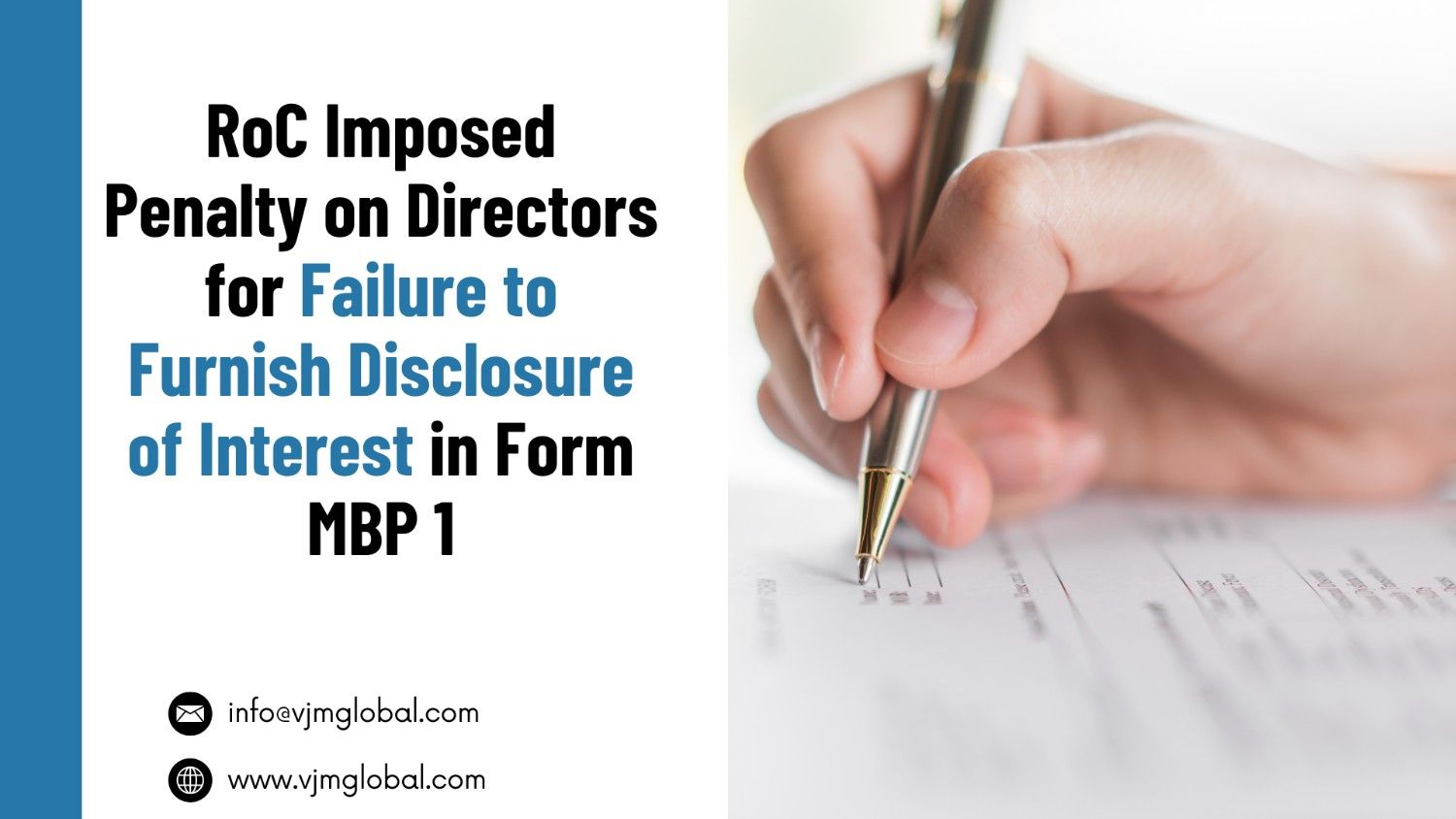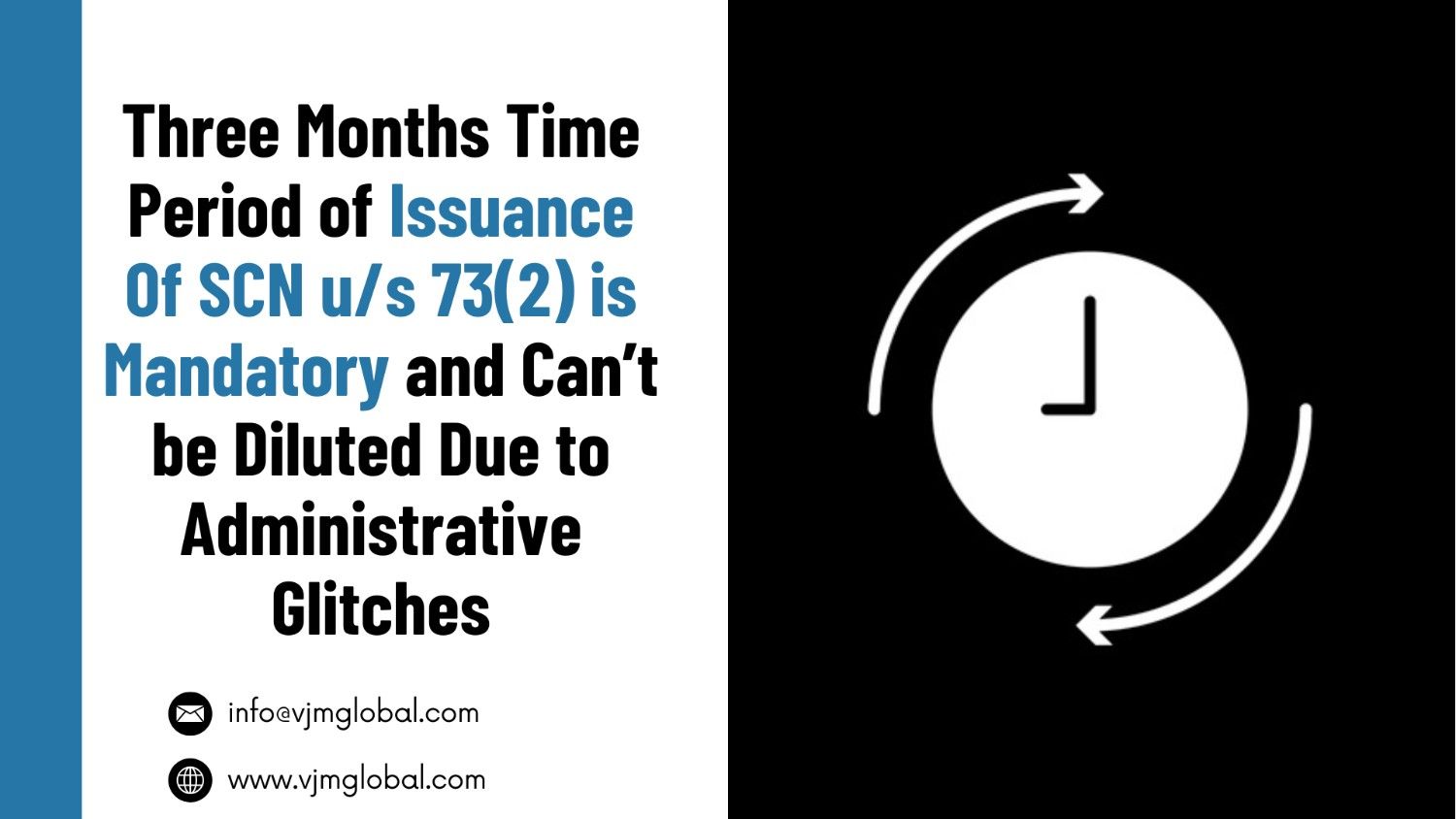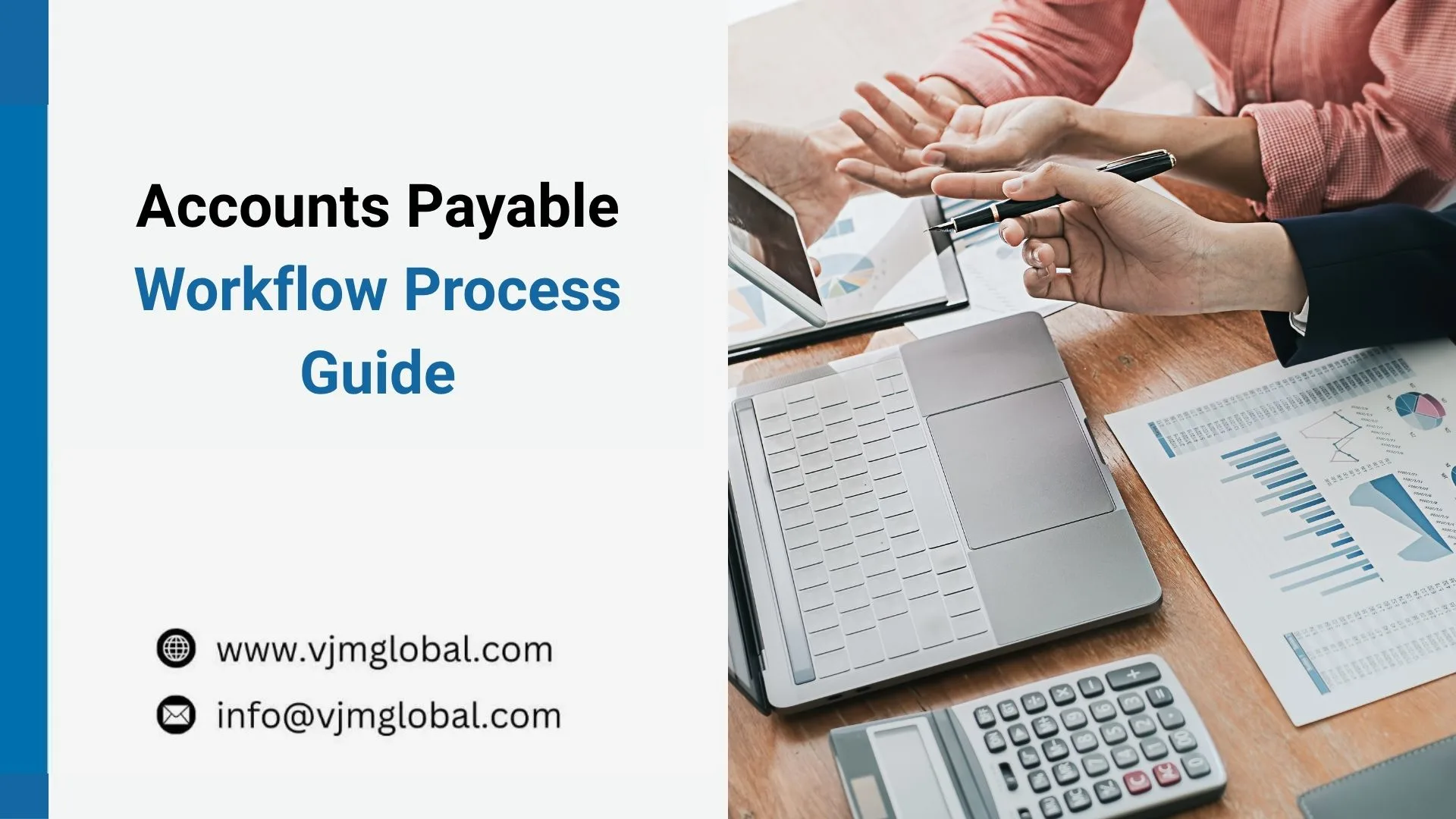Establishing a reliable accounts payable workflow is critical for financial control, operational efficiency, and long-term success. When businesses overlook the structure of their AP process, they risk delayed payments, vendor disputes, and strained cash flow. A well-designed workflow brings order to your financial commitments, minimizes risk, and strengthens vendor relationships.
According to a 2024 survey, 60% of organizations still rely on manual AP processes, which significantly increases the risk of error and slows down operations.
This guide explores the fundamentals of AP workflows, explains why they matter, and provides guidance on how to improve them for measurable results.
TL;DR
- An effective AP workflow comprises nine core steps, spanning from purchase requisition to payment and reconciliation. Each step is designed to ensure accuracy, compliance, and timely vendor payments.
- Key pain points in AP include delayed approvals, poor invoice tracking, and data entry errors. These bottlenecks can disrupt cash flow and damage vendor relationships.
- Improvement strategies include automation, centralized invoice intake, standard approval paths, and real-time KPI tracking to boost efficiency and cash flow visibility.
What Are Accounts Payable Workflows?
An accounts payable workflow is the structured process a business follows to manage and complete its payables, from receiving an invoice to issuing payment. It outlines each step involved in verifying, approving, and recording supplier invoices, ensuring that payments are accurate, timely, and compliant with internal policies.
A typical accounts payable workflow begins when a business receives a vendor invoice. From there, it passes through multiple checkpoints, such as invoice validation, matching it with purchase orders or delivery receipts (known as 2-way or 3-way matching), obtaining internal approvals, and finally processing the payment. Once payment is issued, the transaction is recorded in the general ledger for auditing and financial reporting purposes.
Understanding accounts payable workflows sets the stage for recognizing why they are crucial to effective financial management.
Why Is an Accounts Payable Workflow Important?
A well-defined accounts payable workflow is essential for US businesses and entrepreneurs to manage financial obligations with accuracy, speed, and control. Here’s why it matters:
- Prevents Payment Errors: Manual invoice processing often leads to duplicate payments, missed due dates, or overpayments. A structured AP workflow ensures each invoice follows a verified path from receipt to approval, reducing costly mistakes.
- Strengthens Vendor Relationships: Timely and accurate payments build trust with vendors. A reliable workflow helps businesses avoid delays, maintain credibility, and even negotiate better payment terms.
- Improves Cash Flow Visibility: An organized workflow gives real-time insight into pending liabilities. Finance teams can better forecast outflows, plan budgets, and make strategic decisions based on actual obligations.
- Increases Efficiency and Accountability: By standardizing tasks such as invoice matching and approvals, businesses save time and reduce unnecessary back-and-forth communication. Automated tracking also holds team members accountable at every stage.
- Supports Compliance and Audit Readiness: With documented steps and digital records, businesses can easily demonstrate compliance with financial regulations. A strong accounts payable workflow makes audits less stressful and more transparent.
- Enables Scalability: As a company grows, so does the volume of invoices it generates. A scalable workflow system can handle increased complexity without overwhelming the finance team or compromising accuracy.
So, what is the SOP for the accounts payable process that helps business handle their financial operations smoothly? Let us discuss that below.
Also Read: Accounts Receivable Management Best Practices Guide
What is the SOP for the Accounts Payable Process?
The Standard Operating Procedure (SOP) for accounts payable is a step-by-step guide that outlines how a business handles payments to vendors and suppliers. For U.S. companies, a clear AP SOP supports financial accountability, strengthens internal controls, and ensures compliance with tax laws and standards such as GAAP and SOX.
A well-documented AP process helps teams follow consistent steps, from invoice receipt and verification to approval and payment. It reduces the risk of duplicate payments, fraud, and missed due dates while supporting accurate financial reporting. For entrepreneurs and growing businesses, a strong AP SOP streamlines operations and creates a scalable, audit-ready system.
Key Components of an AP SOP:
- Invoice Receipt: Clearly define how invoices are received, whether by mail, email, or a digital platform, and assign responsibility for logging or forwarding them to the correct department.
- Invoice Verification: Outline the steps for matching invoices with purchase orders and delivery receipts (3-way matching). This ensures that only valid, authorized transactions are processed.
- Approval Workflow: Detail the approval hierarchy for different invoice amounts, including timelines for review and required documentation for sign-off.
- Payment Processing: Specify how and when payments are scheduled, including preferred payment methods such as bank transfer, check, or digital wallet, payment cycles, and cut-off dates.
- Recordkeeping and Archiving: Describe how records should be stored and maintained for audit readiness and compliance, whether in physical files or electronic formats.
- Exception Handling: Guide on how to manage discrepancies, duplicate invoices, or vendor disputes, including who to notify and how to document the issue.
- Internal Controls and Compliance: Implement protocols to prevent fraud, including segregation of duties, dual approvals, and audit trails for every transaction.
By standardizing these procedures, the AP SOP helps ensure operational efficiency, reduces risk, and maintains healthy vendor relationships. That brings us to the step-by-step process for the Accounts Payable workflow.
Suggested Read: Effective Strategies for Accounts Payable Management
Step-by-Step Guide to Accounts Payable Workflow Process
An efficient accounts payable (AP) workflow helps your business stay compliant, maintain vendor trust, and avoid late payment penalties. For US-based companies, clear AP procedures are critical to managing cash flow, meeting tax obligations, and scaling operations without financial roadblocks.
Here’s how a well-structured AP process typically works:
1. Purchase Requisition
The process starts with a team member identifying a need for goods or services. A purchase requisition form is submitted internally, specifying quantity, quality, and estimated cost. This ensures purchases are pre-approved and aligned with budgetary guidelines.
2. Purchase Order (PO) Creation
Once the requisition is approved, the procurement or finance team generates a Purchase Order (PO). This formal document outlines the agreed-upon terms, including item details, pricing, and delivery timelines. The PO is sent to the vendor for confirmation and serves as a binding agreement.
3. Order Fulfillment and Goods Receipt
Vendors deliver the goods or services as per the PO. Upon receipt, the receiving team verifies that everything matches the PO in terms of quantity and quality. This stage often includes creating a goods received note (GRN) or service confirmation as proof of delivery.
4. Invoice Submission
The vendor then sends an invoice referencing the PO. The invoice includes the amount due, payment terms, and due date. Invoices should arrive after or alongside delivery confirmation to avoid early payment for undelivered items.
5. Three-Way Matching
This is a critical control step where the AP team matches the following:
- Purchase Order
- Goods Received Note
- Vendor Invoice
All three must align in quantity, price, and product description. Any discrepancies are flagged for resolution before payment is processed.
6. Invoice Approval
Once verified, the invoice goes through an approval process. This may involve department heads, finance managers, or automated approval workflows, depending on company policy. Delays at this stage often lead to missed discounts or late fees.
7. Payment Processing
Approved invoices are scheduled for payment according to vendor terms (e.g., Net 30). The AP team selects a payment method such as ACH, wire transfer, check, or corporate card based on vendor preferences. Payment is logged and marked as settled in the accounting system.
8. Recordkeeping and Reporting
Every step, from PO to payment, is documented and archived. Accurate records support internal audits, tax compliance, and financial reporting. Many companies integrate AP with ERP systems to streamline reconciliation and ensure data accuracy.
9. Vendor Communication and Reconciliation
After payment, the vendor receives remittance advice as confirmation of the transaction. If vendors raise issues, the AP team handles reconciliation and resolves disputes. Maintaining strong communication helps preserve vendor trust and can lead to better terms over time.
A well-defined AP workflow not only prevents fraud and errors but also improves cash flow management.
As your business grows, automating these steps with accounting software or AP automation tools can further reduce manual effort and increase efficiency. That brings us to the common challenges associated with accounts payable. Let us discuss them below.
You Might Also Like: Benefits of Outsourcing Accounts Receivable for Businesses
Common Challenges in Accounts Payable
Managing accounts payable (AP) goes beyond simply processing invoices and issuing payments. For US businesses and entrepreneurs, a poorly structured AP system can lead to cash flow disruptions, strained vendor relationships, and costly errors that hurt the bottom line. Understanding common AP challenges and their impact helps companies build stronger financial controls and maintain operational efficiency. Here are some of the key issues businesses often face in accounts payable:
1. Manual Processes and Data Entry Errors: Relying on spreadsheets or paper-based systems increases the risk of mistakes, from incorrect invoice amounts to duplicate payments. These errors waste time and money, and they often require manual corrections that further delay processing.
2. Lack of Invoice Visibility and Tracking: Many AP teams struggle to track invoice statuses in real time. Without a centralized system, it’s easy to lose sight of pending approvals or due dates, leading to missed payments or late fees.
3. Delayed Approvals: Invoices can sit in an inbox or on someone’s desk for days. Slow approval workflows can stall payments, harm supplier relationships, and lead to disruptions in service or the loss of early payment discounts.
4. Fraud and Duplicate Payments: Without strong controls, AP is vulnerable to fraud schemes like fake vendors or altered payment details. Duplicate invoices may also go unnoticed, particularly in high-volume environments, leading to overpayments.
5. Poor Vendor Communication: Disorganized records and delayed responses create friction with vendors. When suppliers don’t get clear answers about payment status, it damages trust and may impact contract terms or service quality.
6. Inconsistent Cash Flow Forecasting: When AP teams don’t have real-time insight into upcoming liabilities, finance leaders can’t accurately forecast cash flow. This limits the company’s ability to plan expenses, invest strategically, or handle emergencies.
7. Non-Compliance With Internal Policies: Inconsistent adherence to company policies, such as purchasing approvals, payment terms, or document verification, leads to inefficiencies and exposes the business to regulatory and audit risks.\
Now, let us look at some of the tips to improve your accounts payable workflow in your business.
Also Read: Understanding Accounts Receivable: Key Concepts and Examples
Tips to Improve Your AP Workflow
A simplified accounts payable (AP) workflow enables U.S. businesses to stay financially agile, avoid late fees, and build stronger vendor relationships. It also improves cash flow visibility, which is crucial for managing expenses, forecasting accurately, and scaling with confidence.
Here are some practical ways to improve your AP process:
- Centralize Invoice Receipt and Processing: Avoid invoice delays and duplication by routing all invoices to a single entry point, whether it’s a dedicated email address or AP software portal. Centralization simplifies tracking, minimizes errors, and creates a clear audit trail.
- Standardize Your Approval Process: Create a clear, step-by-step approval matrix that outlines who needs to approve which invoices and at what value thresholds. Consistency prevents bottlenecks, eliminates confusion, and ensures compliance with internal policies.
- Automate Where Possible: Utilize AP automation tools that streamline tasks such as data entry, three-way matching, and payment scheduling. Automation reduces manual effort, minimizes human error, and frees up your team to focus on higher-value tasks.
- Implement a Clear Payment Schedule: Paying invoices on a routine schedule, such as weekly, biweekly, or monthly, helps avoid late fees and takes advantage of early payment discounts. It also gives your finance team better visibility into outgoing cash flow.
- Regularly Reconcile Vendor Statements: Establish a routine to compare vendor statements with your internal records. Reconciliation helps catch missed invoices, duplicate payments, or unrecorded credits before they affect your financials.
- Maintain Strong Vendor Communication: Keep your vendors informed about payment timelines, documentation requirements, and any delays. Clear communication builds trust and reduces disputes, especially with long-term partners.
- Enforce Data Accuracy at Entry: Ensure that invoice data, such as PO numbers, vendor IDs, and payment terms, is entered correctly from the start. Data accuracy prevents rework, delays, and errors downstream in the approval or payment process.
- Train Your AP Team Regularly: Provide ongoing training for your AP staff to stay updated on new tools, fraud prevention tactics, and compliance requirements. A well-informed team operates more efficiently and is better equipped to identify potential issues.
- Monitor KPIs and Workflow Metrics: Track key metrics like average payment time, error rate, and invoice processing time. These insights help identify bottlenecks, measure performance, and support continuous improvement.
- Review and Update Policies Periodically: AP policies should be reviewed and updated periodically. Revisit them quarterly or biannually to ensure they remain aligned with current business needs, vendor relationships, and technology usage.
With everything in place, let us now understand how VJM Global helps businesses optimize their Accounts Payable workflow.
Suggested Read: Key Differences Between Accounts Payable and Accounts Receivable
How VJM Global Helps CPA Firms Optimize Accounts Payable Workflow
A streamlined accounts payable workflow is critical for accurate cash flow management, timely vendor payments, and long-term financial control. When firms lack a clear AP process, they risk late payments, vendor disputes, and compliance issues, especially when handling multiple client accounts.
Efficient AP workflows not only reduce manual workloads but also improve a firm’s overall operational efficiency and client satisfaction.
Take control of your AP cycle today. VJM Global offers customized offshore accounting solutions that enable U.S. CPA firms to enhance accuracy, lower costs, and expand operations without compromising quality.
- End-to-End AP Process Management: Our trained offshore professionals handle every stage of the AP process, from invoice receipt and validation to payment scheduling and reporting. This ensures a smooth, error-free workflow for each client.
- Customized Approval Workflows: We implement rule-based approval structures tailored to your clients’ internal controls and compliance standards. This helps accelerate payment processing and improve audit readiness.
- Cost Efficiency: Cut overhead costs by up to 50% through our offshore staffing model. Gain access to skilled AP resources without the expense of hiring full-time, in-house staff.
- Data Security & Compliance: We safeguard your client data using bank-grade encryption, secure access protocols, and strict compliance with U.S. accounting standards.
- Multi-Industry Expertise: Whether your clients operate in healthcare, real estate, manufacturing, or professional services, our team ensures the AP process aligns with their unique needs and platforms.
- Reliable Partnership: With a 95% client retention rate, CPA firms rely on VJM Global for timely communication, consistent quality, and smooth integration with internal workflows and accounting tools like QuickBooks, Xero, NetSuite, and more.
With rising costs and growing client demands, many U.S. CPA firms are turning to VJM Global’s offshore AP solutions to streamline operations, improve turnaround time, and deliver greater value to their clients.
Ready to simplify and scale your accounts payable process? Contact VJM Global today and discover how our offshore accounting experts can help you build a smarter AP workflow from invoice to payment.
FAQs
1. What are the main steps involved in the accounts payable workflow process?
Ans. The accounts payable workflow typically includes receiving the invoice, verifying the invoice, the approval process, payment processing, and record-keeping. Each step ensures that payments are accurate, timely, and compliant with company policies.
2. How can automation improve the accounts payable workflow?
Ans. Automation reduces manual errors, speeds up invoice processing, ensures timely payments, and improves visibility into outstanding liabilities. Tools like AP automation software can streamline approvals, match invoices to purchase orders, and generate reports efficiently.
3. What documents are essential for processing accounts payable?
Ans. Key documents include purchase orders, vendor invoices, goods or service receipts, and payment authorization forms. Having these documents properly matched and verified helps prevent fraud and payment errors.
4. How do companies handle discrepancies between invoices and purchase orders?
Ans. Discrepancies are flagged during the three-way matching process (invoice, purchase order, and receiving report). Companies investigate mismatches before approving payments, often involving communication with vendors or internal departments to resolve issues.
5. What are the best practices to optimize the accounts payable workflow?
Ans. Best practices include standardizing invoice submission formats, implementing clear approval hierarchies, using automation tools, conducting regular audits, and maintaining strong vendor communication to ensure timely and accurate payments.













